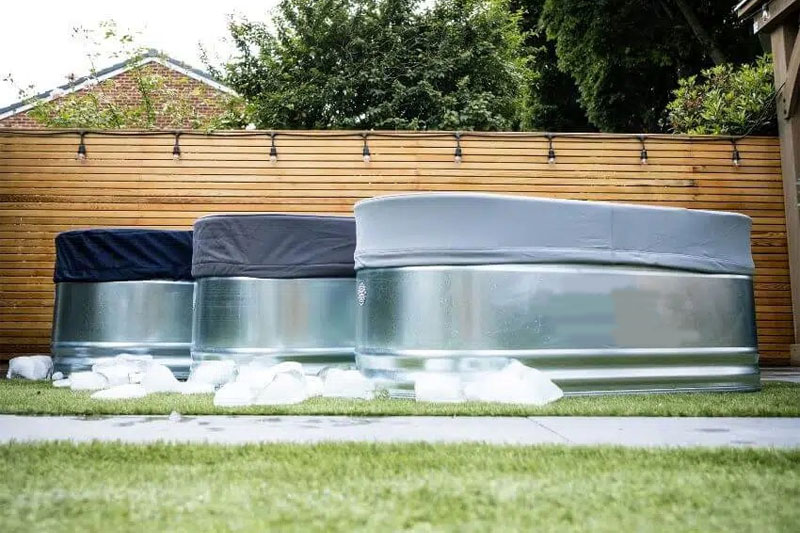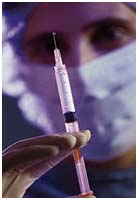Cold exposure therapy is a training technique for runners looking to improve performance and recovery. The practice involves exposing the body to cold temperatures for short periods of time, either by taking ice baths, wearing cooling vests, or sitting in cryotherapy chambers.
What Is Cold Exposure Therapy and How Can It Benefit Runners?
People that use cold therapy claim it provides a variety of benefits that can enhance running training, but to help you decide whether it is right for you, we’re going to look at it in more detail below.
Reduce Inflammation and DOMS
One of the main proposed benefits is that cold exposure helps reduce inflammation and muscle soreness after hard training sessions or races. The cold causes vasoconstriction, which reduces blood flow to the extremities and lowers metabolic activity, including inflammation, in the muscles. This can help speed up recovery time by decreasing the buildup of lactic acid and other exercise-induced muscle damage. Studies show that athletes using regular cold therapy require less time to recover compared to passive rest alone. Quicker recovery means runners can increase training volume and intensity more rapidly without overtraining. So, that ice bath you’ve been dreading will actually do you some good!
Reduce Norepinephrine Levels
In addition to decreasing inflammation, cold exposure is believed to increase levels of norepinephrine in the body. Norepinephrine is a neurotransmitter that plays a role in the body’s “fight or flight” response. Increased norepinephrine leads to higher metabolism and greater calorie burn. For runners, this means they can get an extra conditioning effect from cold therapy on top of their normal training. The cold may also promote tissue repair and growth through the release of norepinephrine.
Activate Adipose Tissue
Some research indicates that cold exposure activates brown adipose tissue (BAT) in the body. BAT acts differently than regular fat tissue – it burns calories to generate heat. Activating BAT may cause an increase in energy expenditure and fat burning. For runners, having more BAT could theoretically boost endurance through greater fat utilization during exercise. However, more studies are needed to fully understand the effects of cold therapy on BAT.
Improved Circulation
Cold exposure is also thought to improve circulation through the constriction and dilation of blood vessels. The alternating vasoconstriction and vasodilation lets more oxygenated blood reach tissues and organs. For runners, improved circulation could benefit stamina and endurance. Stronger blood flow may also accelerate recovery by flushing out metabolic waste products like lactic acid.
Practice Cold Exposure Therapy Safely
While the potential benefits are promising, it’s important to keep the duration and intensity of cold therapy at safe levels. Extreme cold exposure can be damaging and should be avoided. Many experts recommend starting with more moderate temperatures around 50-60°F for short periods of 2-5 minutes rather than jumping into an Arctic plunge pool straight from the off. Instead, fill your bathtub with cold water and add some ice cubes to reduce the temperature even further. Sit in it for a few minutes after a run but have a hot drink to hand. Picking a metal tub for ice baths can be tricky, so choose carefully.
Gradually decreasing the temperature and increasing the time will allow the body to adapt properly. Cold therapy should also be avoided by those with certain medical conditions like Raynaud’s or cold allergies.
Cold exposure therapy provides runners with a way to enhance performance that goes beyond traditional training methods. The combination of decreased inflammation, increased calorie burn, tissue growth, circulation, and BAT activation can potentially improve recovery, endurance, and fat utilization. While more studies are still needed, utilizing regular cold therapy could give runners an additional edge in both training and racing.
































